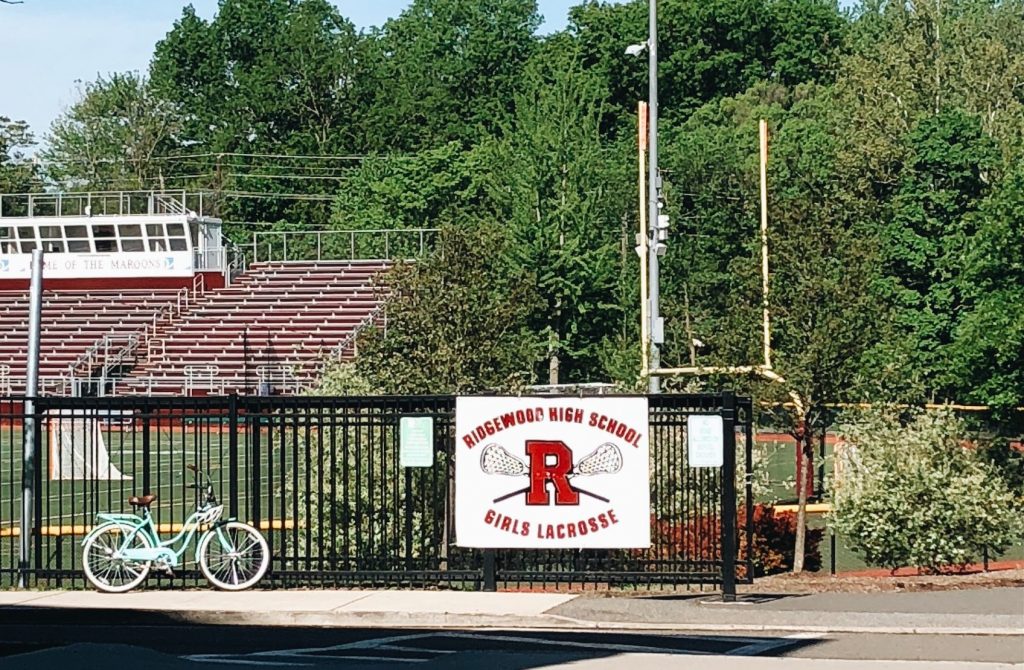With the flooding of the Ho-Ho-Kus Brook in mid-April, one look at the RHS field would lead a reasonable person to conclude that something needed to be done to remedy the situation. However, going back to the inception of the turf field at the RHS stadium, flooding and clean up on the grounds are not new things. The field is notoriously flooded during the spring of every year. From the viewpoint of a typical RHS athlete, the flooding of the field means a period in which the area is not suitable for play. Maintenance crew typically spend about a week cleaning the grounds, and finally, there is no longer a problem. Beyond just the lost practice and game time on the ground, each cleanup of the stadium has severe costs. Each cleanup can cost approximately $5,000 — and when the field floods as frequently as it does, about four times in the past eight years, the costs add up.
The flooding of the field is a product of its adjacency to the Brook rather than the material that the area is comprised of. The turf itself brings benefits to the problematic location of the fields, such as a more consistent, more durable, and more environmentally friendly surface. However, the driving force behind turfing the Stadium was to lower maintenance costs, a seemingly sensible decision that is coming more and more into question with each subsequent flood. The expenses of watering, mowing, and keeping a grass field consistent throughout the entire year can be a lot, however, the tens of thousands of dollars that the town spent on cleaning up the area multiple times certainly matches up to those costs. Of course, there are high and low-quality grass fields in existence, take Red Bulls Arena vs Citizens field for example, but there has to be a threshold in which the maintenance costs of operating a grass field equal the average liability cost of cleaning the turf field. If that threshold covers very high-end grass fields, it may be worth considering shifting back to a grass field when the quality of the turf continues to falter with age, even with the high volume of play the field gets every day.
The Stadium isn’t the only turf field in town that has flooding issues. Stevens and Maple have both had their concerns with the brook overflowing. Maple, being the eldest of the three areas, even though it floods the least frequently, is the least worthy to be cleaned up after a flood, and could be an excellent candidate to try out the well-maintained grass field experiment. With its low fixed investment, in the beginning, it is a small risk plan to see how the costs of maintaining a high-end grass field stack up against continuously cleaning up a turf field such as the Stadium and Stevens after a flood. Another common sense solution to the matter would be to turf fields such as Citizens and BF that aren’t high-risk flood areas. It will be interesting to see how the town proceeds on the issue as Ridgewood athletics, along with millions of taxpayer dollars, will be affected by any decision made by the local government.
Davis Weil
staff writer

